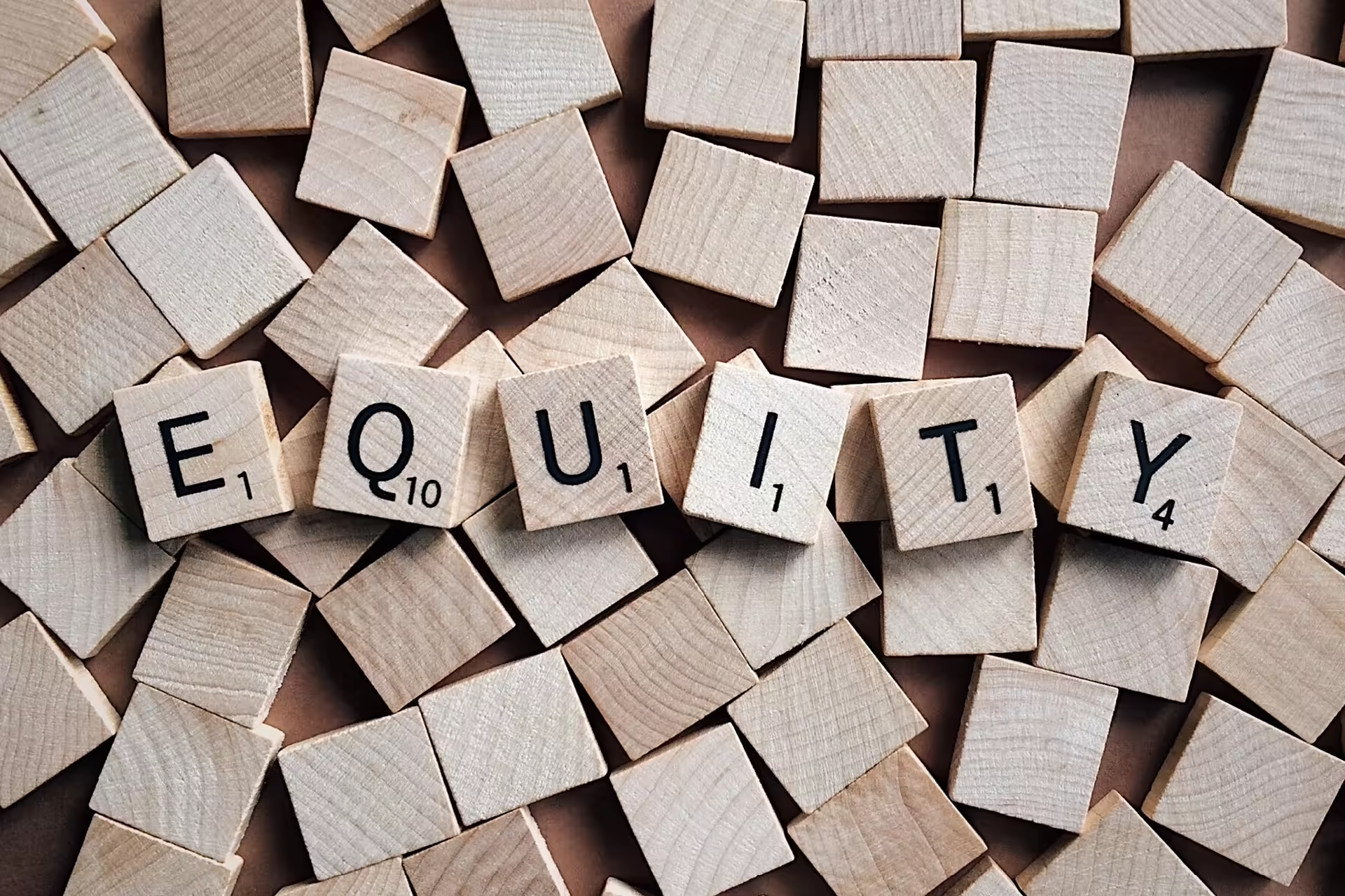Pay discrepancies are a very controversial topic in the workplace. So much so that some workplaces are still implementing a strict confidentiality clause to prevent salary disclosures to fellow co-workers. A casual conversation by the watercooler on the organisations remuneration practices might be grounds to land an employee in a disciplinary hearing! Unjustified differences in remuneration can either be seen from the different biometrics of employees for example gender, race but sometimes amongst a homogenous workgroup doing the exact same job, differences they can still be encountered.
The issue of pay equity has been well researched over the years. The highest pay differential amongst the demographics in the workplace can be seen along the gender divide between men and women. The gender pay gap is defined as the difference between the median earnings of men and women relative to the median earnings of men. The median wage is computed from women who work full time and year-round when compared to the pay of a similar cohort of men. The world economic forum has it that for every 54 cents that a woman gets paid, her male counterpart gets a dollar. The agency also estimates that it will take approximately another 202 years for this gap to close.
Whilst the racial composition of employee bodies has changed considerably thanks to the civil rights movements and emancipation of minority groups, pay parity by race unfortunately still has a long way to go. Payscale, the compensation software, and data company, collected data between January 2017 and February 2019 to establish remuneration trends in the United States of America. The survey was confined to employees with at least a bachelor's degree mindful of the fact that their data was skewed towards educated, white-collar workers. Their findings over the 2 year period experience, industry and location and education level being equal found that black men make $0.98 for every dollar a white man with the same qualifications makes. The difference might seem minute at the dollar level but when looking at the annual median salaries the difference then compounds to $1,400 difference in pay that is determined by the racial demographic of employee- an aspect one has no control over.
Internal pay equity is what individual companies have started embarking on to redress remuneration anomalies in their respective organisations. It is important for employees to perceive that their salaries in relation to that of their co-workers is fair and justifiable according to their duties. This will be a major factor in managing talent attrition and improving their employment brand whilst simultaneously ensuring that the company complies with labor laws like the Equal Pay Act.
Here are the steps that can be taken to achieve pay equity:
Analyse the data
The organisational remuneration practices must be analysed as a starting point. An organisation must determine where there are unjustified pay gaps are and what the causes are before effective action can be taken. It is admittedly a process that takes time, conscious effort and continuous monitoring.
Evaluate Your Culture
Organisations are ultimately run by people at the end of the day it means that they are prone to biases. Your company culture may be discriminatory against certain groups of people and this may then feed on to how payments are distributed.
Transparency
When setting employee salaries, it is important to document the decisive factors that led to one role being awarded a particular salary as opposed to the next. This transparency will be useful in managing employee inquiries about any seemingly unjustified pay discrepancies.
Eliminate Prior Salary Questions from Your Interviews
The current salary that a candidate is earning has no correlation on the ability of the said candidate to execute the duties of the job that they are applying for. The question and often requirement to provide the current payslip furthers and entrenches pay suppression as employees move from job to job with just marginal changes in their remuneration packages. Starting by paying an employee what is warranted to them breaks the cycle of discriminatory pay. We, however, acknowledge that there is an acceptable bracket of pay deviation to allow for the probation period within the organisation.
Make your job descriptions gender-inclusive
Removing gender-biased terms from job adverts, including gender-specific references and pronouns will make for a diverse pool of applicants. Instead of retaining focus on the work-related requirements and experience. For example, a job titled mailman implies that it’s a male role, and may cause females not to apply. Those that apply would be subject to discrimination and potentially lower pay from the perception of missing experience relevant specifically to “mailman”.
Provide Performance Based Salary Increases
Instead of providing salary increases based on manager recommendations (which may bring unconscious bias into play), a good basis for would be to use objective and measurable performance metrics. Examples include balanced scorecard and KPIs. Then, provide increases based on actual work that employees contributed, rather than the relationship they have with their manager, or how long the length of service in the company.
There has been a shift in acknowledging unfair remuneration practices and rectifying them. The above are some of the methods that can be used to provide an environment of fair pay as an employer.
Related: How to Combat Pay Compression Issues in an Organisation
Takudzwa Vanessa Machingauta is a consultant at Industrial Psychological Consultants- a Business management and HR Consulting firm.

